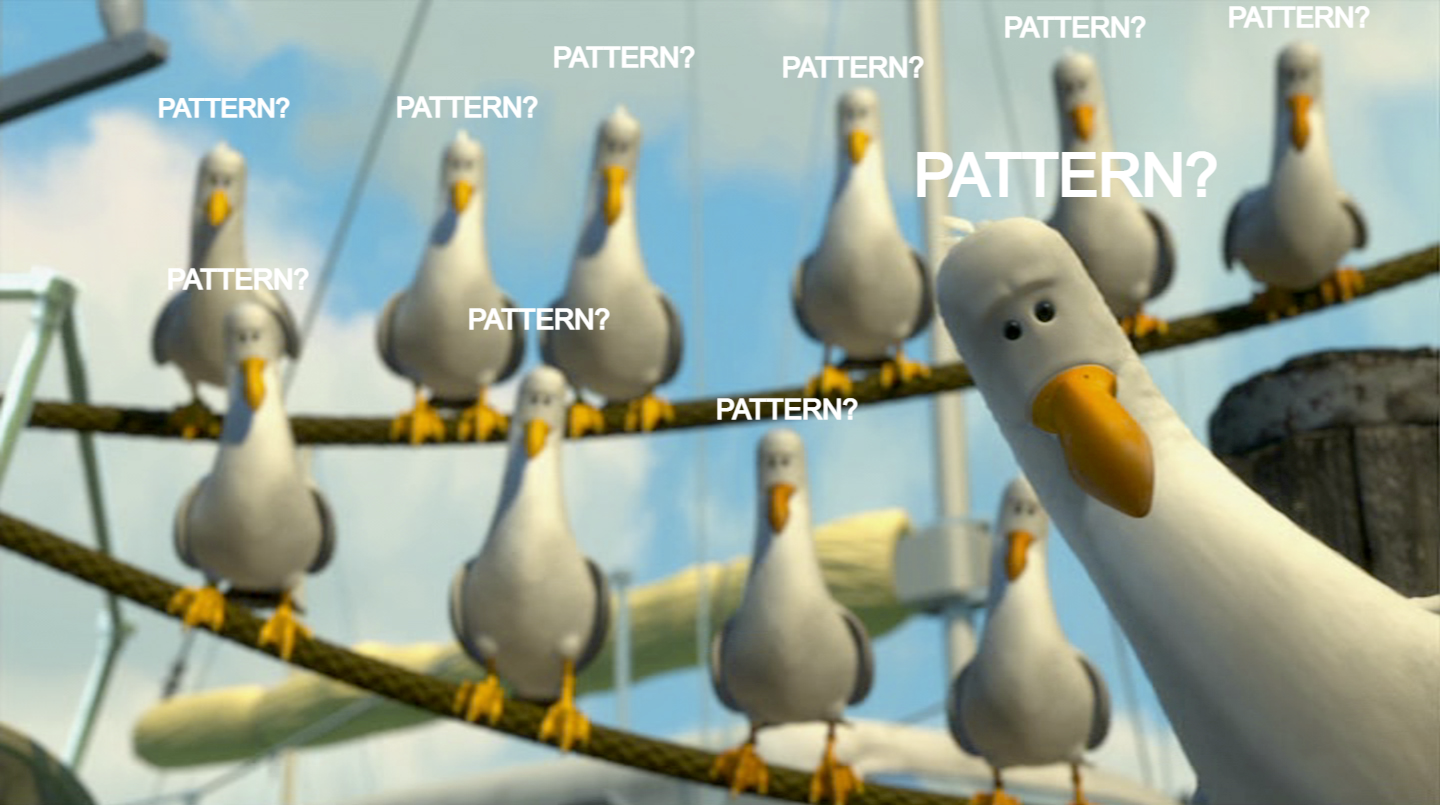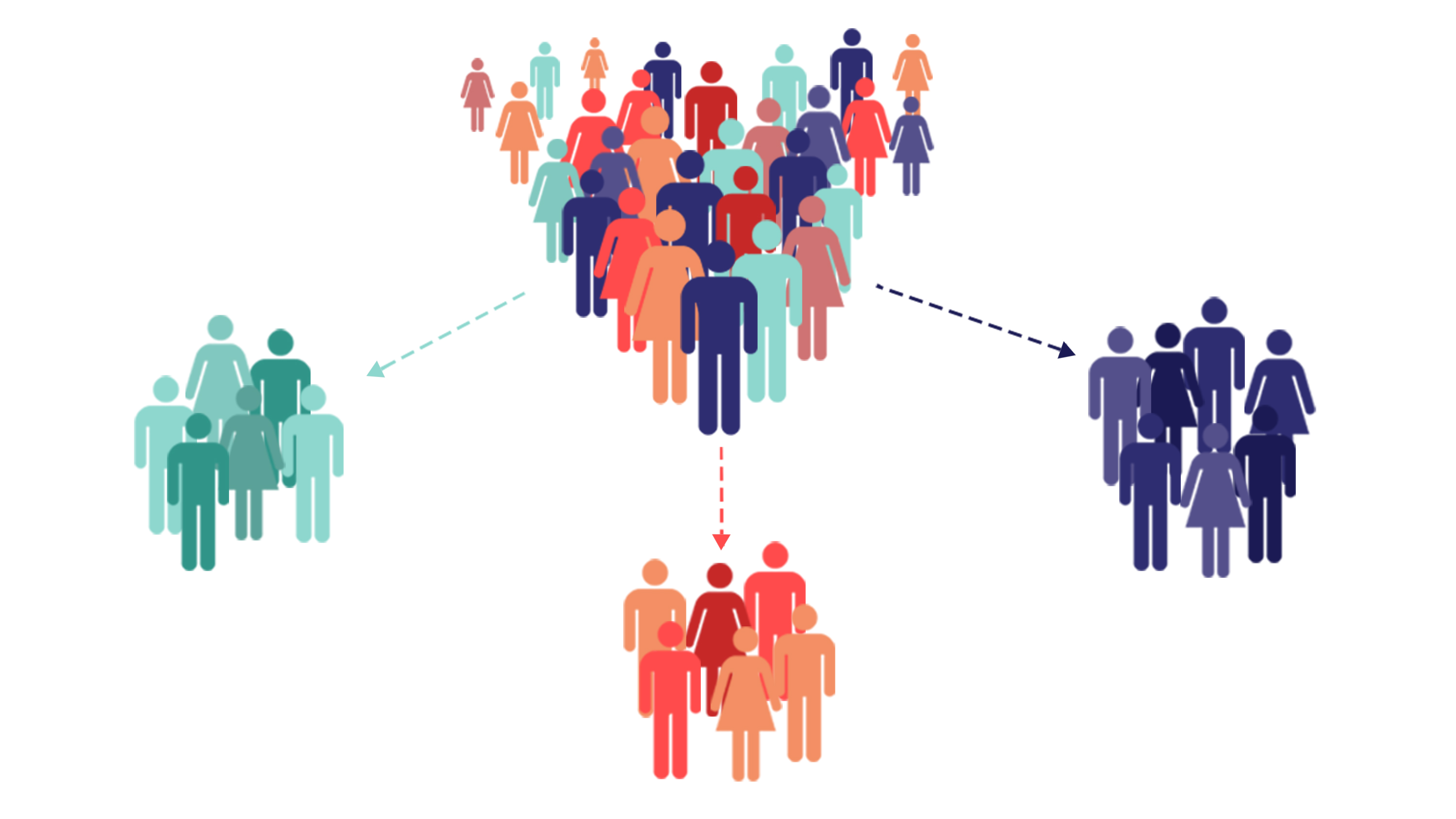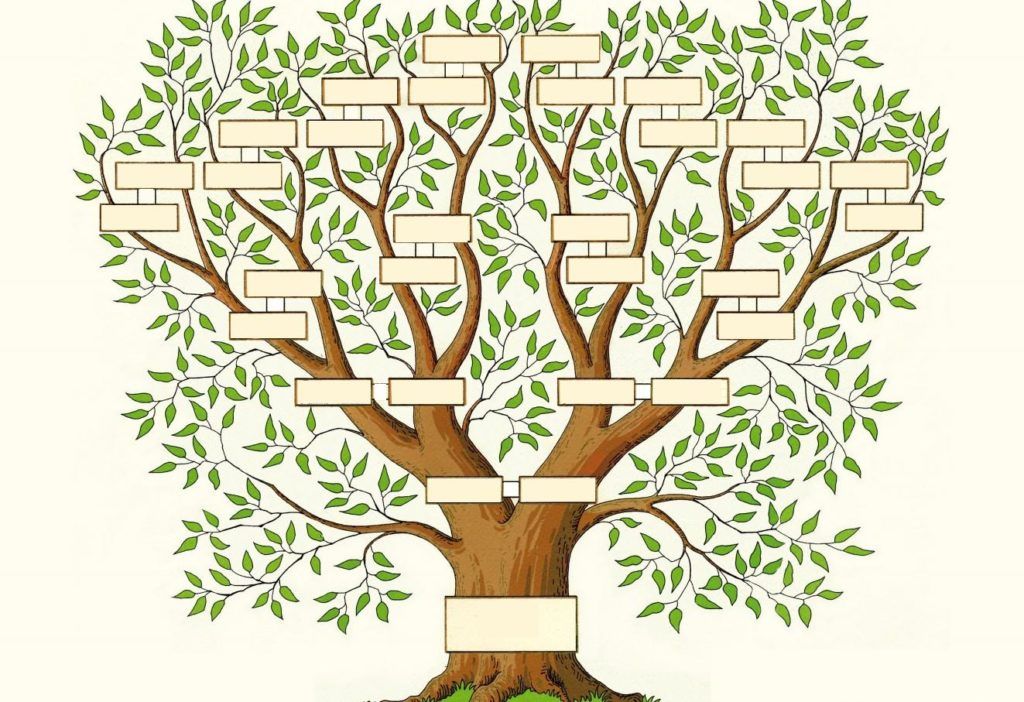Design Patterns: High-Level Solutions to Common Problems

Design patterns are high-level solutions that provide answers to different problems that frequently occur in software development. They are well-established techniques that help in achieving flexibility, scalability, and code reuse in applications.
First you need to read :
Why Use Design Patterns?
Design patterns promote flexible and scalable code, enabling a significant amount of code reuse. Using design patterns in your software development process can elevate your level of professionalism. Mentioning the name of a pattern can convey a well-known solution to a problem, saving time and effort in explaining the problem and its solution.
Types of Design Patterns
Design patterns can be broadly classified into three types:
1. Creational Patterns
Creational patterns focus on object creation mechanisms, increasing flexibility and code reuse. They include patterns like:
- Factory Method
- Abstract Factory
- Builder
- Prototype
- Singleton
2. Structural Patterns
Structural patterns assemble objects and classes into larger structures, maintaining flexibility and efficiency. Some of the structural patterns are:
- Adapter
- Bridge
- Composite
- Decorator
- Facade
- Flyweight
- Proxy
3. Behavioral Patterns
Behavioral patterns deal with communication and assignment of responsibilities between objects. They include patterns like:
- Chain of Responsibility
- Command
- Iterator
- Mediator
- Memento
- Observer
- State
- Strategy
- Template Method
- Visitor
Conclusion
Design patterns are essential tools in software development that offer solutions to recurring problems. Understanding the four pillars of OOP and familiarizing yourself with different types of design patterns will enable you to create more maintainable, flexible, and reusable code. Embracing design patterns can elevate your coding skills and enhance your overall professionalism as a software developer.












